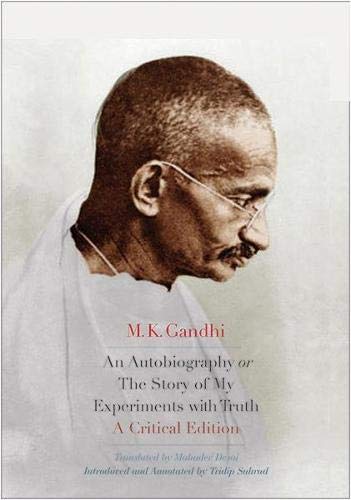

Though this may not necessarily be how matters are perceived by others. Gandhi’s peers have an obligation to accept him as he is. In reality it is up to others to accept Gandhi as he is and not the other way around. Unable to accept who he is and as such decides to change his very fabric in order to fit in with his peers. What is also interesting about the essay is the fact that the reader is left with a sense that Gandhi may be feeling insecure within himself. However there does come a point when Gandhi realises that he is living a lie and that he is not only fooling himself but also denying his tradition or the fact that he is an Indian and not an Englishman. All of which Gandhi hopes will help him to fit in with his surroundings and be accepted by others. Going as far as getting dancing lessons, changing his attire, learning the violin and getting elocution lessons. Regardless of this Gandhi does go some way in order to give off the appearance of an English gentleman. There is a sense that Gandhi while a student in England wishes to fit in with his peers even though he may live a lifestyle that would be deemed unfamiliar to an English gentleman (being a vegetarian for example). Taken from his autobiography, The Story of My Experiments with Truth, the reader realises after reading the essay that Gandhi may be exploring the theme of identity. 30 being subsidized by the Navajivan Trust, Ahmedabad.In Playing the English Gentleman by Mahatma Gandhi we have the theme of identity, acceptance, change, perception and tradition. The paper back edition of the book costs Rs. I live and move and have my being in pursuit of this goal." The introduction reads, "What I want to achieve - what I have been striving and pining to achieve these thirty years - is self-realization, to see God face to face, to attain Moksha.

In the last chapter he writes, "My life from this point onward has been so public that there is hardly anything about it that people do not know." The book is in five parts, beginning with his birth, up until the year 1921. The original was in Gujarati, and was later translated into English and other Indian languages. Most importantly, the author should have experienced all these.

Mahatma Gandhi's autobiography Sathiya Sodhani is one book which guides you as to what is right and wrong.


 0 kommentar(er)
0 kommentar(er)
